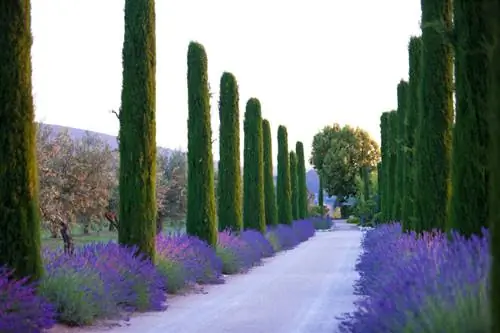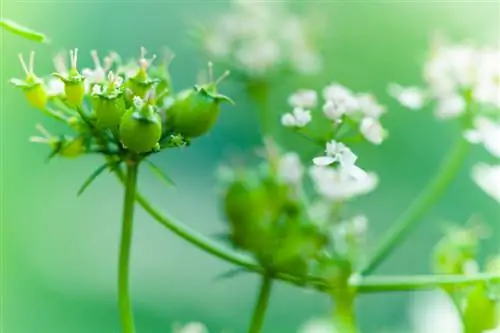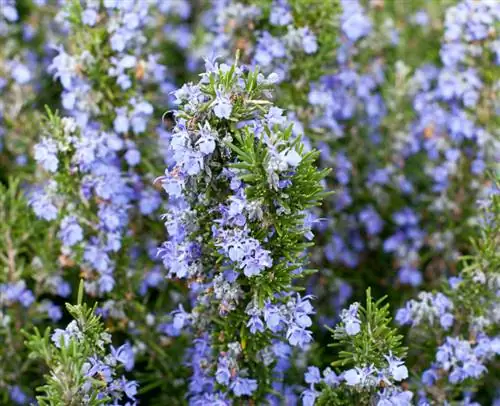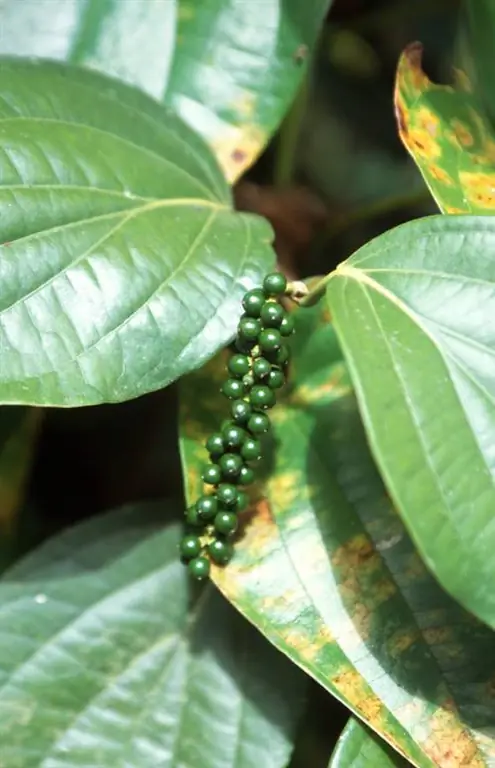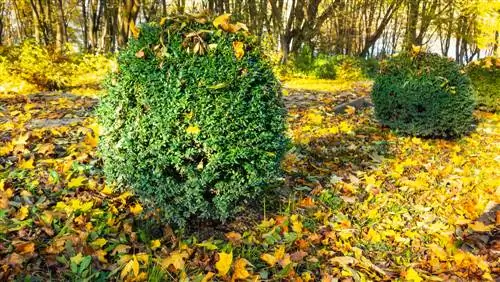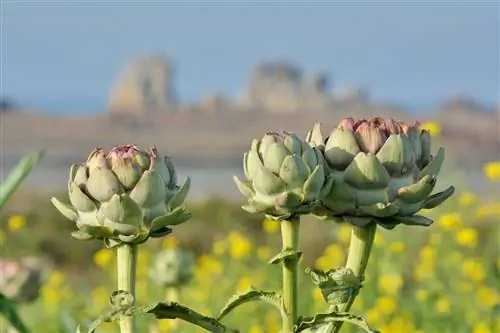- Author admin [email protected].
- Public 2023-12-25 17:45.
- Last modified 2025-01-23 11:20.
The strongly scented lavender probably originally came from Persia (today's Iran) and from there spread across the entire Mediterranean region. The plant grows both wild and cultivated, especially in southern France, Italy and Greece, but also on the Canary Islands, India and North Africa.
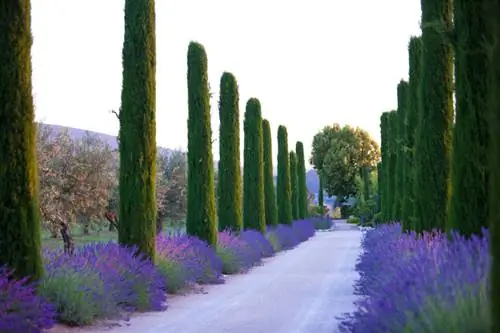
Where does lavender originally come from?
Lavender originally comes from Persia (today's Iran) and has spread across the entire Mediterranean region. Today it grows mainly in southern France, Italy, Greece, the Canary Islands, India and North Africa.
Lavender has been used for thousands of years
The ancient Egyptians already used the disinfecting and healing effects of lavender, among other things. for religious ceremonies and as part of their death cult. The bodies of deceased relatives were rubbed with lavender oil to preserve them. Pliny the Elder (23 to 79 AD), Roman general, historian and scholar, described the use of lavender in the Roman Empire. The clean Romans used lavender primarily to clean the body and clothing, as the plant's name still indicates today. Lavender comes from the Latin word “lavare,” which means “to wash.” Incidentally, lavender was also often colloquially referred to as “washwort” in Germany.
Monks brought lavender over the Alps
In the High Middle Ages, wandering Benedictine monks brought the herb from Italy across the Alps. The fragrant plant quickly conquered both monastery and farm gardens, and the medical scholars and herbalists of the Middle Ages - such as Hildegard von Bingen and Paracelsus - also recognized its potential. Today, lavender grows in almost all climate zones in the world, but only grows wild around the Mediterranean.
Various types of lavender
But not all lavender are the same, there are around 25 different species in total.
Real lavender (Lavandula angustifolia), Spitting lavender (Lavandula latifolia)
and lavender (Lavandula Stoechas)are considered the three original, wild-growing lavender species from which all others were bred over time. The only truly winter-hardy lavender is real lavender; all others require protection from frosty temperatures or should not be left outside over the winter.
Lavender needs a lot of sun and poor soil
In its Mediterranean homeland, lavender grows on extremely barren, often stony soils both in the lowlands and at altitudes of up to 2000 meters. The distinctive lavender, on the other hand, grows wild mainly near the coast. Lavender also needs these living conditions in Germany: poor soil and lots of sun, otherwise it cannot fully develop its healing essential oils.
Tips & Tricks
Lavender flowers from wild-growing lavender, which come from a so-called stimulating climate (altitude, s alty sea air, lots of sun), are considered particularly medicinal.

